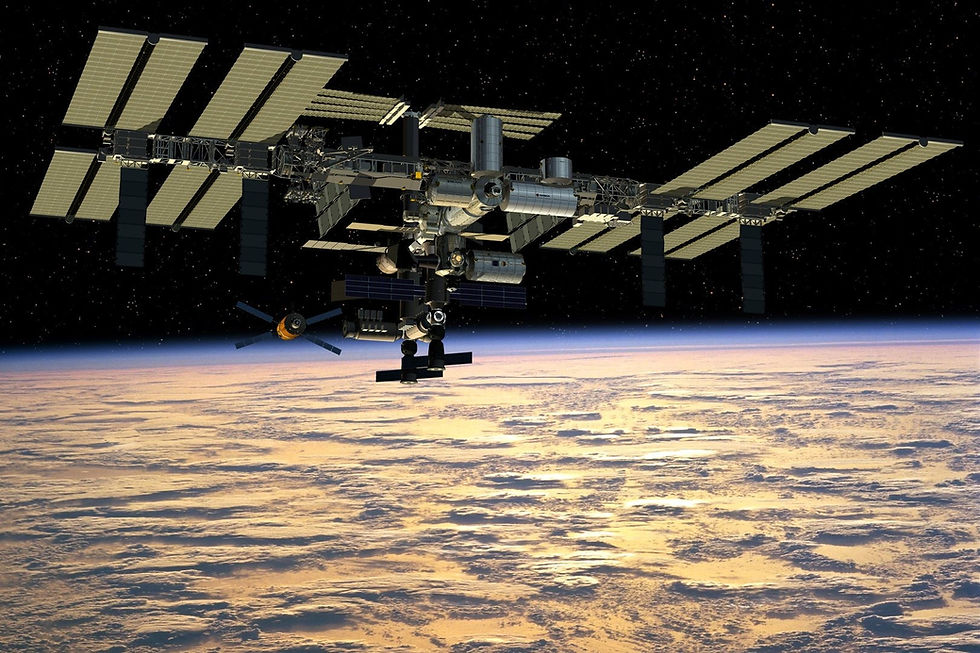Astronauts Work to Develop Organs at the International Space Station
- Blog Team

- Mar 11, 2020
- 2 min read
The International Space Station (ISS) hosts various scientific experiments. Now, astronauts made the first moves for the start of new organs at the station.
Experiment; It appears as an attempt to grow human tissue by sending adult human stem cells into space and allowing them to grow in space. Ultimately stem cells; will transform into bone, cartilage and other organs.
Scientists in the study say that if this initiative was successful, the discovery in question could go to organ production for transplant. Let's take a closer look at the details.
Organ development studies in space:

Cara Thiel from the University of Zurich, one of the two researchers in the project, stated that the experiment was done under zero gravity conditions. The lack of gravity at the International Space Station will be used to stimulate stem cells to grow into three-dimensional tissue rather than two-dimensional structures formed on Earth.
The experiment is conducted with the astronauts at ISS using the mobile lab sent to the station last week. The study will take a month. Scientists will monitor how cells grow in this process. If the experiment is successful, it is hoped to move from a small laboratory to a larger production process. In the following stages, it is planned to develop tissue for transplants by taking cells from patients or producing organ-like materials.
On our planet, tissue grows in single-layer cultures; plain and two-dimensional textures are produced. Oliver Ullrich, who led the study, says that research in Earth and space has spatially unlimited growth in micro-gravity and merges into complex three-dimensional clusters.
Question marks on 3D texture formation:

Previous research involved simulating real experiments using mostly cancer cells and placing real human stem cells in microgravity simulators. "There is no alternative to ISS," says Ullrich for the next phase of the research because this kind of three-dimensional tissue formation requires several days or even weeks in microgravity.
At the end of a month, scientists will collect samples and see the structures of organids (smaller and simpler versions of organs). On the other hand, scientists are not sure why the conditions of the International Space Station lead to the unification of complex three-dimensional tissue structures.




Comments